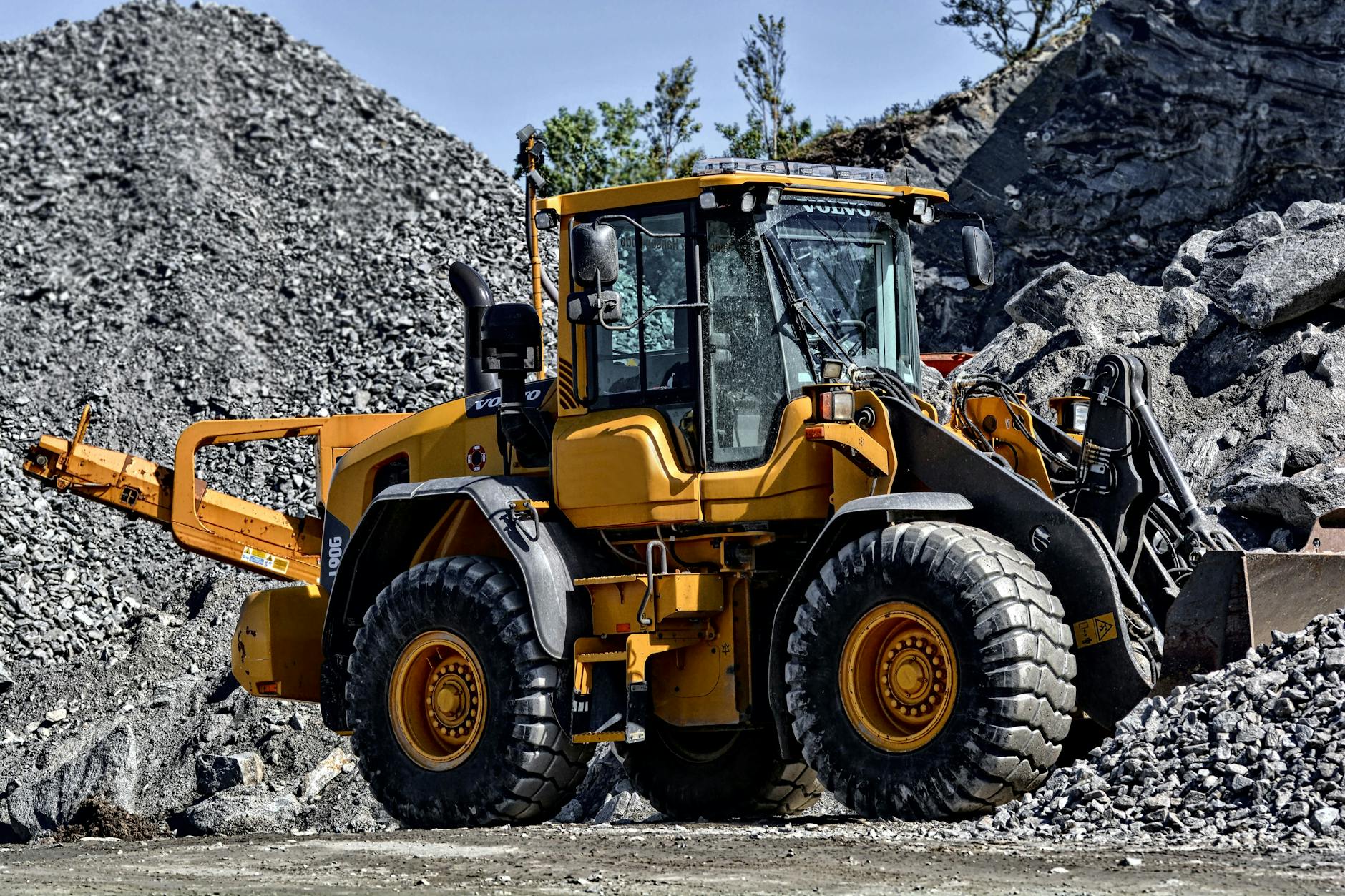What can a suburb do to breathe new life into a decades-old industrial park? Here are some ideas:

Schaumburg officials hope a tax increment financing (TIF) district can provide the public resources needed to attract new investment in the village’s nearly 60-year-old, 573-acre Centex industrial park…
Neighboring Elk Grove Village’s 6-square-mile industrial park — the largest in the nation — wouldn’t be as successful without the kind of public-private partnership Schaumburg officials have in mind for Centex, Elk Grove Mayor Craig Johnson said.
Through a combination of location, modern infrastructure and a supportive local government, demand for some areas of the park has driven land prices there to $2 million an acre, Johnson added…
While Elk Grove’s industrial park includes the additional electricity capacity for such uses as data centers, Schaumburg is aiming to simply create a better environment for the type of manufacturing businesses that use the Centex industrial park today. But even those businesses have different needs than they did decades ago, Johnson said, such as higher ceilings and larger loading docks…
Johnson also noted that TIF funding allowed his village to acquire properties within its industrial park, package them into larger parcels and then sell them to businesses in need of more space.
Two thoughts come to mind:
- Many parts of the suburbs are no longer new. A sixty year old industrial park was created in the postwar era. The properties and the land use overall may not fit with what is in demand in 2024. At what point is it cheaper or easier to build new somewhere else? (I am thinking of what can happen with big box stores.)
- This exemplifies the kind of public-private partnership that is fairly common with development in the United States even as a lot of rhetoric suggests the U.S. takes a free market approach. There may be business competition but in the examples above, local governments are helping to create conditions or acting as middle men to get to the development they would prefer to see.
Another angle to this: what might suburbs do in the next few decades to set up industrial, commercial, and residential development for the next 50 years? At that point, even postwar suburbia will be roughly a century old.
